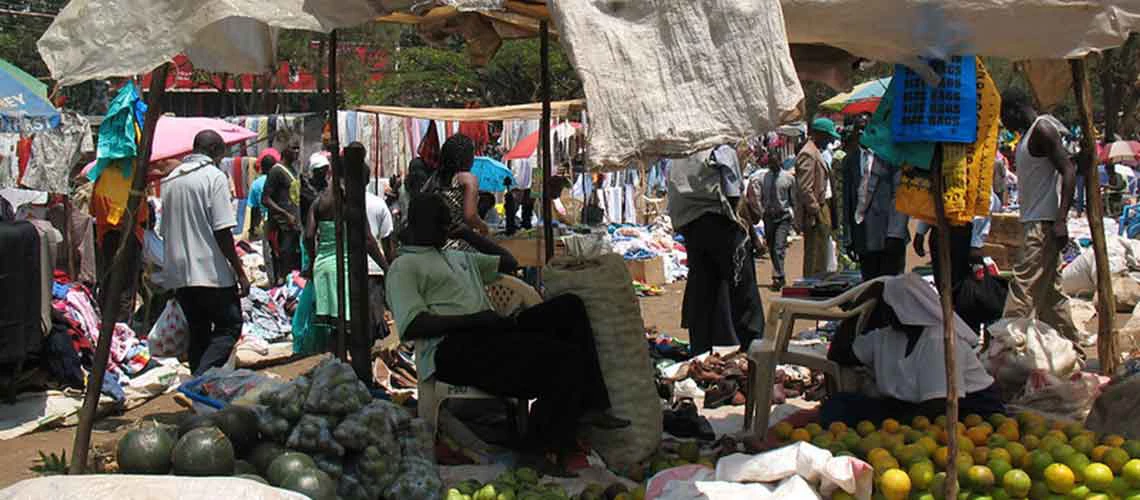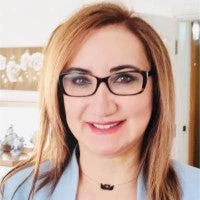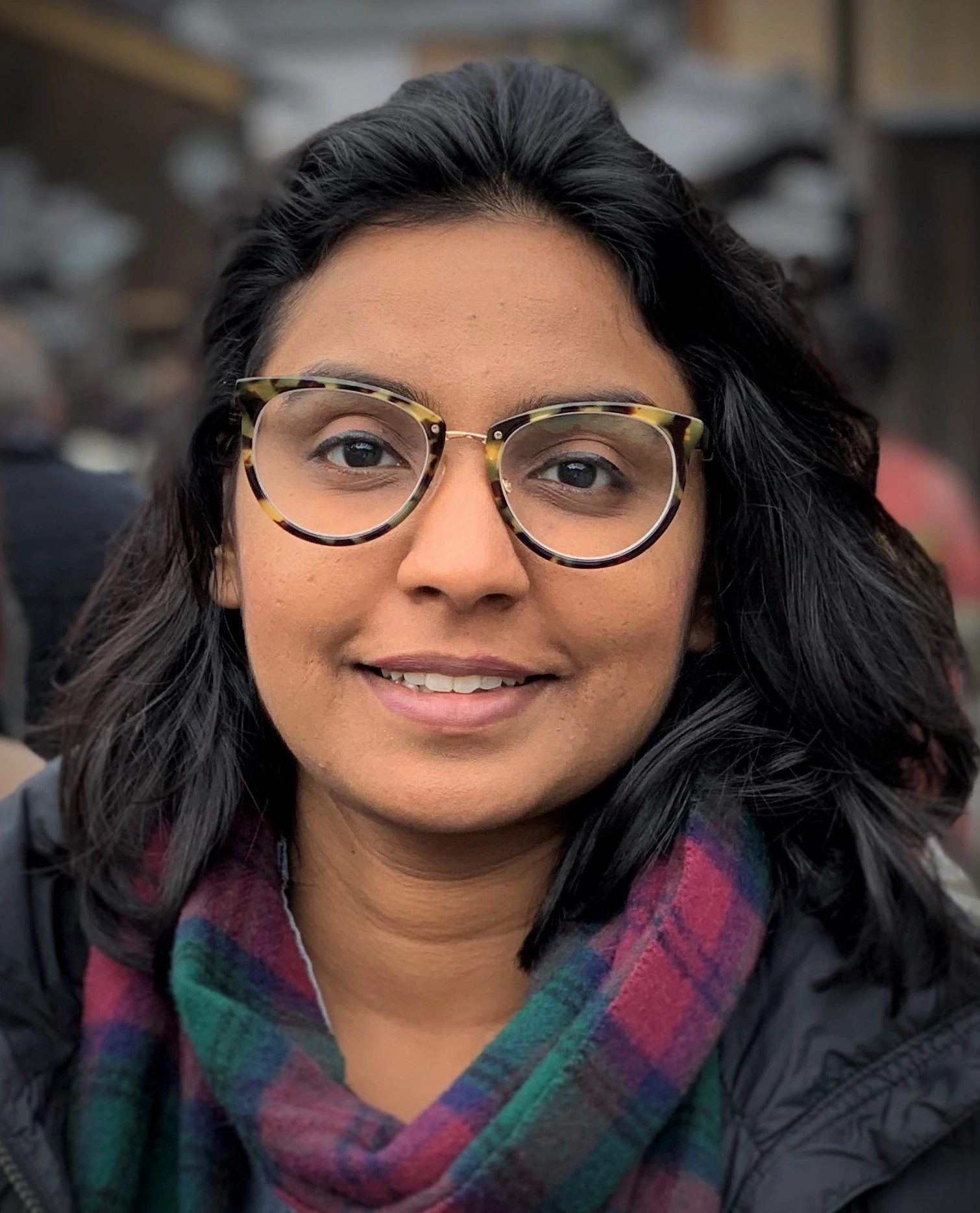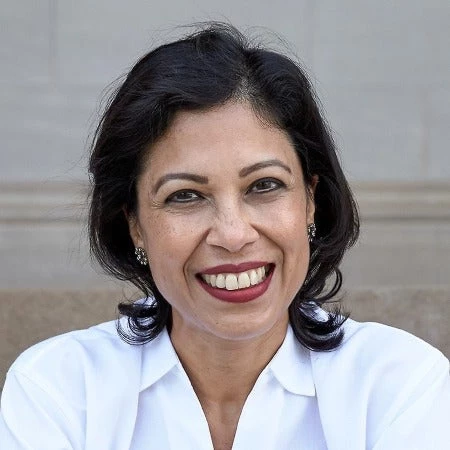 Le marché animé de Kisumu au Kenya, avant la pandémie de COVID-19.
Le marché animé de Kisumu au Kenya, avant la pandémie de COVID-19.
A typical day for Samuel – a fruit stand vendor in Nairobi, Kenya – would start at 6 am, buying fruits from the wholesale market and selling them at a street corner of a bustling commercial area. He had migrated from his village to the city in search of a better life, bringing along his wife and three kids. His income was enough to put food on the table and pay their rent. In good weeks he was able to save money toward his goal of opening his own juice kiosk. But now the coronavirus pandemic (COVID-19) has upended his life. The lockdown measures put in place mean that his only source of income is no longer available, and his savings are nearly exhausted.
Samuel’s family does not qualify for safety net transfers, as these go to households that were assessed to be poor prior to the pandemic. With his extended family back in the village and no existing government program under which he can receive assistance, Samuel is reaching out to peers in his Jua Kali (informal sector association) for help.
Samuel’s experience is the reality for millions of informal sector workers in countries across Africa, from Kenya to Benin to South Africa. Informal sector workers comprise an average 60% of total non-agricultural employment in the region, reaching as high as 90 % in some countries. They are the backbone of economic growth but are exposed to vulnerabilities, and like Samuel, many of them are excluded from poverty targeted programs. The informal sector is heterogenous and has varying capacity to cope with economic shocks. Those working in it who are below the poverty line (poor) depend on safety net transfers from the government. However, the segment of informal sector workers who are relatively better off – traders, boutique firms, the self-employed – typically has some accumulated savings to help smooth consumption. But they also lack the protection that formal sector workers receive from social insurance.

This typology was developed by Clement Joubert, economist in DECHD, World Bank. The typology is implemented using information on consumption, employment and economic shocks from household surveys. Poverty status is based on the national poverty line. Vulnerable households are those who report being recently hit by a shock and resorting to costly coping mechanisms (reducing food consumption, selling productive assets, taking children out of school, etc.). Formality is defined as contributing to social protection benefits through one’s employer.
Social protection also needs to support the “missing middle”
Social safety nets provide an essential platform for delivering rapid assistance in the Africa region, with programs in place in more than 45 countries. However, most of these systems, supported by social registries, have limited coverage and focus on the extreme poor in rural areas. To make the social safety net systems more inclusive and scalable in times of crisis, African countries need to continue strengthening their social registries to make them more complete and dynamic.
Even then, safety nets covering the extreme poor would not cover many in the informal sector, especially in urban areas, as they are slightly better off. But they constitute a large share of the population in most developing countries. The COVID-19 pandemic is highlighting this issue, as lockdowns and the drop-off in economic activity are immediately impacting informal sector population in cities. They are the “missing middle”: not poor enough to be eligible for social safety net benefits, and not well-off enough to be part of social insurance programs mandated for the formal sector. The lack of social protection coverage for this group calls for an acceleration of efforts to put in place new instruments that can help them weather shocks. A failure to cover the missing middle not only harms the welfare of these households but also lengthens the road to recovery for economies where they play a key role.
What approach could countries take?
Any effort to expand social protection for the informal sector needs to be innovative and consider the distinct characteristics of these workers, such as irregular and relatively low earnings and need for easy access to funds. They would benefit from a system that allows for short-term savings that could be tapped for spells of unemployment, as well as possibly a long-term savings account for better protection in old age. To the extent that workers would contribute to the program, they would be covered by a new form of social insurance. Such programs could be complemented by financial or behavioral incentives to encourage persistent savings. They would have the additional benefit of increasing financial inclusion among these populations and instilling a culture of savings. Reflecting this need for broader coverage, some countries in the region are already launching such plans: for example, Haba Haba and Mbao in Kenya, Ejo Heza LTSS in Rwanda, Micro Pension Plan in Nigeria, and ECIS Project in Zambia.
However, these new schemes are yet to reach the scale they will need to become viable. What could help are targeted fiscal incentives, for example budgetary contributions that match workers’ contributions. The participation of the relatively better-off informal sector workers could also be increased through knowledge awareness, non-monetary incentives, and use of digital technology to enhance their user experience and build trust (e.g., allowing real-time access to their balance and one-click contribution payments).
The platforms for these programs should be interoperable with social registries, to allow for assessment of participants’ vulnerability and eligibility for fiscal incentives. This will help governments disburse prompt relief to the missing middle in times of crisis. In addition, programs could improve efficiency as well as support labor mobility, with portability of benefits, if they are built on foundational identification systems that countries are developing with support from the World Bank. A key example is the West Africa Unique Identification for Regional Integration and Inclusion (WURI), which has launched a Mission Billion challenge to develop tech-based, user-centric solutions that will help bring these social protection schemes to scale.
In the short term, countries in the Africa region need to ensure that individuals like Samuel receive the relief they need to help them recover from this pandemic shock. Before the dust settles, countries should focus efforts on the medium-term need to cover and build the resilience of the missing middle – by progressively putting in place new types of social insurance targeted to the informal sector.





Join the Conversation